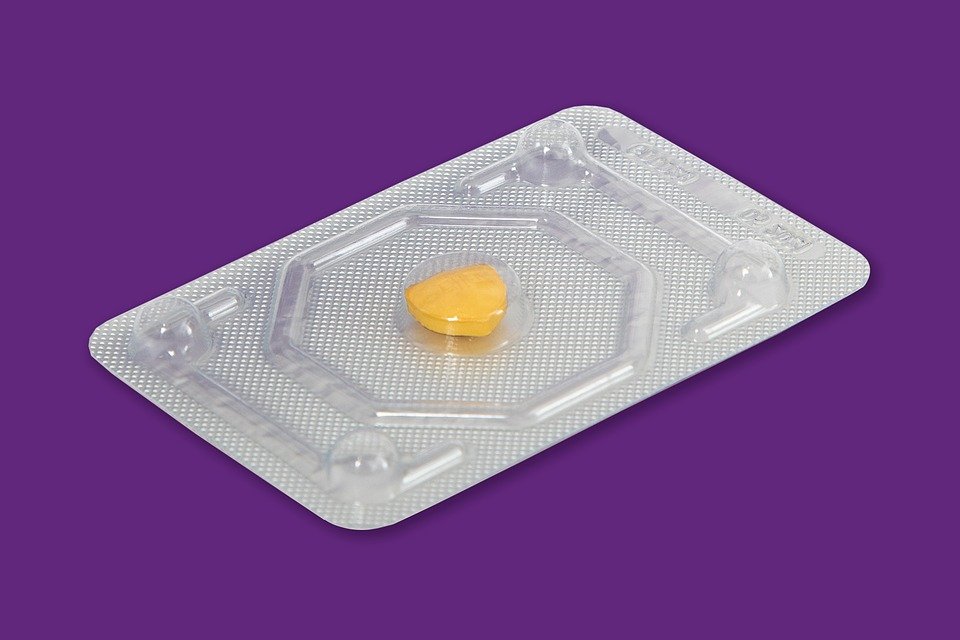 The meniscus is a critical structure in the knee that plays a crucial role in knee health and injury prevention. Understanding the function of the meniscus and how it can be affected by injury is essential for athletes, active individuals, and healthcare professionals alike. In this article, we will explore the anatomy of the meniscus, its role in knee health, common injuries associated with the meniscus, and strategies for preventing meniscus injuries.
The meniscus is a critical structure in the knee that plays a crucial role in knee health and injury prevention. Understanding the function of the meniscus and how it can be affected by injury is essential for athletes, active individuals, and healthcare professionals alike. In this article, we will explore the anatomy of the meniscus, its role in knee health, common injuries associated with the meniscus, and strategies for preventing meniscus injuries.The meniscus is a C-shaped piece of cartilage located in the knee joint between the femur (thigh bone) and tibia (shin bone). Each knee has two menisci – one on the inner side (medial meniscus) and one on the outer side (lateral meniscus). The meniscus acts as a cushion between the bones, absorbing shock and distributing weight evenly across the knee joint. It also helps stabilize the knee and aids in smooth movement during activities such as walking, running, and jumping.
In addition to its role in knee stability and function, the meniscus also plays a crucial role in preventing degenerative changes in the knee joint. As we age, the meniscus can become worn down or damaged, leading to increased risk of osteoarthritis. By protecting the articular cartilage in the knee, the meniscus helps maintain joint health and function over time.
Unfortunately, the meniscus is prone to injury, especially in athletes and individuals who engage in activities that involve twisting, pivoting, or sudden changes in direction. Meniscus injuries can occur as a result of trauma, such as a direct blow to the knee or a sudden twisting motion, or they can develop over time due to repetitive stress and wear and tear on the knee joint.
Common meniscus injuries include:
– Meniscus tears: Tears in the meniscus can occur along the outer edge (peripheral tears) or in the central portion (bucket handle tears). Symptoms of a meniscus tear may include pain, swelling, stiffness, and difficulty bending or straightening the knee.
– Degenerative meniscus tears: These tears occur as a result of age-related changes in the meniscus, such as thinning and weakening of the cartilage. Degenerative tears are more common in older individuals and can lead to chronic knee pain and stiffness.
– Meniscus root tears: These tears occur at the attachment point of the meniscus to the tibia, causing instability and loss of function in the knee joint. Meniscus root tears may require surgical repair to restore normal knee function.
Preventing meniscus injuries is essential for maintaining knee health and function. Here are some strategies for preventing meniscus injuries:
– Strengthening the muscles around the knee: Strong quadriceps, hamstrings, and calf muscles can help support the knee joint and reduce stress on the meniscus during physical activity. Incorporating exercises such as squats, lunges, and leg presses into your workout routine can help strengthen the muscles around the knee.
– Improving flexibility and mobility: Stretching exercises can help improve flexibility in the muscles and ligaments around the knee, reducing the risk of injury. Focus on stretching the quadriceps, hamstrings, and calves to maintain optimal range of motion in the knee joint.
– Using proper technique during sports and activities: When participating in sports or activities that involve twisting, pivoting, or sudden changes in direction, use proper technique to protect the knee joint. Avoid sudden stops and starts, and listen to your body if you experience pain or discomfort during physical activity.
– Wearing supportive footwear: Wearing supportive footwear with proper cushioning and shock absorption can help reduce stress on the knee joint and prevent meniscus injuries. Choose shoes that fit well and provide adequate support for your feet and ankles.
In conclusion, understanding the role of the meniscus in knee health and injury prevention is essential for maintaining optimal joint function and preventing long-term damage to the knee. By strengthening the muscles around the knee, improving flexibility and mobility, using proper technique during physical activity, and wearing supportive footwear, you can reduce the risk of meniscus injuries and protect the health of your knee joint. If you experience symptoms of a meniscus injury, such as pain, swelling, or stiffness in the knee, consult with a healthcare professional for an accurate diagnosis and appropriate treatment plan. By taking steps to protect the meniscus and prevent injuries, you can enjoy an active and healthy lifestyle for years to come.

You might be interested in learning more about knee anatomy and injuries. Speaking of knee anatomy, you might be interested in this Wikipedia article that explains in detail the different structures of the knee joint. If you want to dive deeper into understanding meniscus tears and treatment options, you can check out this informative article on Wikipedia. And if you’re curious about injury prevention strategies for athletes, this Wikipedia page provides valuable insights. Happy reading!



